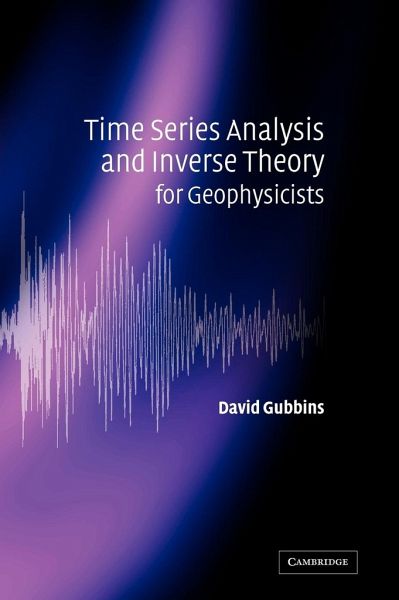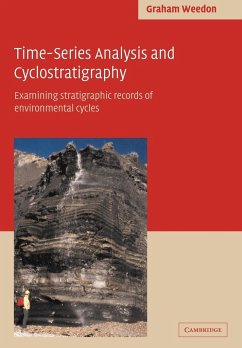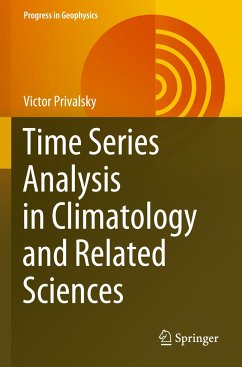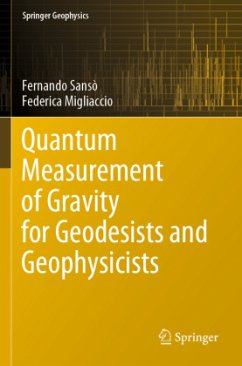
Time Series Analysis and Inverse Theory for Geophysicists
Versandkostenfrei!
Versandfertig in 1-2 Wochen
196,99 €
inkl. MwSt.
Weitere Ausgaben:

PAYBACK Punkte
98 °P sammeln!
This unique textbook provides the foundation for understanding and applying techniques commonly used in geophysics to process and interpret modern digital data. The geophysicist's toolkit contains a range of techniques which may be divided into two main groups: processing, which concerns time series analysis and is used to separate the signal of interest from background noise; and inversion, which involves generating some map or physical model from the data. These two groups of techniques are normally taught separately, but are here presented together as parts I and II of the book. Part III de...
This unique textbook provides the foundation for understanding and applying techniques commonly used in geophysics to process and interpret modern digital data. The geophysicist's toolkit contains a range of techniques which may be divided into two main groups: processing, which concerns time series analysis and is used to separate the signal of interest from background noise; and inversion, which involves generating some map or physical model from the data. These two groups of techniques are normally taught separately, but are here presented together as parts I and II of the book. Part III describes some real applications and includes case studies in seismology, geomagnetism, and gravity. This textbook gives students and practitioners the theoretical background and practical experience, through case studies, computer examples and exercises, to understand and apply new processing methods to modern geophysical datasets. Solutions to the exercises are available on a website at http://publishing.cambridge.org/resources/0521819652












![Report on the Sudbury Mining District [microform]: to Accompany Sheet 130, Series of Geologically Coloured Maps of Ontario Cover Report on the Sudbury Mining District [microform]: to Accompany Sheet 130, Series of Geologically Coloured Maps of Ontario](https://bilder.buecher.de/produkte/71/71676/71676692n.jpg)

